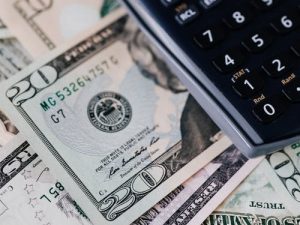In order to continue boosting the U.S. economy, lawmakers should be providing relief checks to households that will spend the money rather than saving it, according to researchers at the University of Chicago's Booth School of Business.
COVID-19 relief checks were an important part of the federal government's effort to reinvigorate the U.S. economy. But researchers now argue that if given to households with a higher-than-average marginal propensity to consume (MPC), the gross domestic product (GDP) could be raised exponentially. Government stipends of $1,000 to each employed worker in the U.S. could increase the GDP up to 69 cents per dollar spent, says Assistant Professor Christian Patterson. An even larger check to workers with above-median MPC, perhaps around $2,000, could raise the GDP as much as 96 cents per dollar spent.
The model was fed by data from 2012 comprised of 55 industries and 80 demographic groups across 50 states, Patterson told UChicago News. They assessed how a $1 change in income would impact each of these groups and found that the primary indicator of how this income change affected households was their MPC. MPCs were the highest in Arkansas, Mississippi, and South Dakota, and they were the lowest in Connecticut, the District of Columbia, and New Jersey. The populations that are the most vulnerable to economic catastrophes, Patterson said, are those younger than 35, individuals without college educations, and those who make less than $35,000 per year.
"Policymakers must consider the cascades of expenditure they set off," Patterson wrote in the study. "Expenditures in one industry and region reach not only its workers but also others in its supply chain, those at firms where workers spend their marginal income, and so on."
As a result of this data, Patterson recommends that the government concentrate stimulus checks on households with the highest MPCs, as it could result in a 130% GDP increase.




















